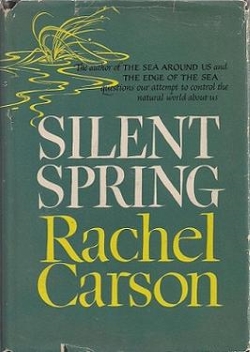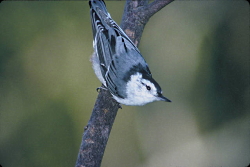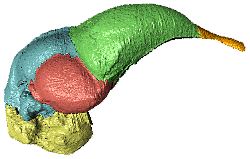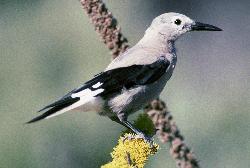
The first professional study of the herd was started in 1916 and the herd has been at the center of debates about the forces that shape wildland ecosystems ever since.

Courtesy Utah DWR, Tom Becker, Photographer
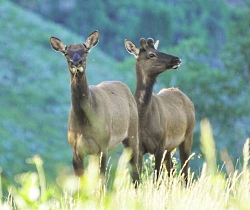
Courtesy & Copyright Greg Sheehan
Prior to the Yellowstone’s establishment in 1872, market hunting decimated the elk herd, reducing it to a few thousand animals. Through the 20th century the population gradually grew and in 1994 it reached a peak of over 19,000.
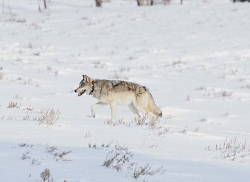
People wondered what impact these wolves would have on the Yellowstone herd since elk are the main source of food for the canines.
Dan MacNulty, associate professor in the Department of Wildland Resources in the Quinney College of Natural Resource at USU, who has been studying Yellowstone wolves for the past two decades said, “people were concerned wolves were inducing a landscape of fear which was changing the way elk were using their habitat.”
They imagined the poor creatures hiding in less than ideal habitats because they had been chased off by the wolves.
However, studies conducted by MacNulty and others have since revealed that elk continue to maintain regular access to all their usual habitats irrespective of wolves. In one recent study, for example, MacNulty and his team found adult female elk established and maintained winter home ranges without regard to several measures of wolf predation risk including the density of wolves and the risky areas where wolves often kill elk.
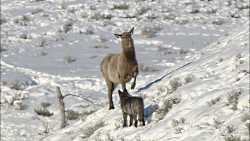
Courtesy & Copyright Robert Landis
But even when wolves are on the prowl, elk don’t seem to go out their way to avoid them. MacNulty’s recent study found the rate at which elk encountered wolves was no different from what was expected if elk simply ignored wolves. This is possible because elk often survive their encounters with wolves, owing to their larger size, aggressive demeanor, and herding behavior. As a result, elk seem to place greater emphasis on finding food than on avoiding wolves.
The emerging picture is that the effect of wolves on the northern Yellowstone elk herd is defined by wolves eating rather than scaring elk. How much this consumptive effect actually matters for elk population growth is the focus of ongoing research. One clue that it may not matter too much is the elk population has been steadily growing since 2012.
MacNulty cautions that we should recognize the complexity of the Yellowstone ecosystem and resist the urge to jump to conclusions, and instead rely on patient data-gathering to test what may seem obvious.
Nature can be full of surprises.
This is Shauna Leavitt and I’m Wild About Utah.
Credits:
Photos:
Courtesy & Copyright Dan MacNulty
Courtesy & Copyright Tom Becker
Courtesy & Copyright Greg Sheehan
Audio: Courtesy and Copyright Kevin Colver
Text: Shauna Leavitt, Utah Cooperative Fish and Wildlife Research Unit, Quinney College of Natural Resources, Utah State University
Sources & Additional Reading
Hillyard, Traci, MacNulty, Dan, Yellowstone Elk Don’t Budge for Wolves say Scientists, Utah State Today, Utah State University, Tuesday, Mar. 26, 2019, https://www.usu.edu/today/?id=58299
Hillyard, Traci, Cotterill, Gavin, Hidden Costs of Disease to Greater Yellowstone Elk, Utah State Today, Utah State University, Monday, Oct. 29, 2018, https://www.usu.edu/today/?id=58055
Hillyard, Traci, MacNulty, Dan, Kohl, Michel, Yellowstone’s ‘Landscape of Fear’ Not So Scary After All, Utah State Today, Utah State University, Tuesday, Friday, Jun. 22, 2018, https://www.usu.edu/today/?id=57785
Elk, Yellowstone National Park, US National Park Service, US Department of the Interior, https://www.nps.gov/yell/learn/nature/elk.htm
French, Brett, Famous Yellowstone elk herd rebounds two decades after wolf reintroduction, tar-Tribune Feb 3, 2018, https://trib.com/outdoors/famous-yellowstone-elk-herd-rebounds-two-decades-after-wolf-reintroduction/article_0f7eefd9-484b-5060-a68d-2ebfbed2b054.html

